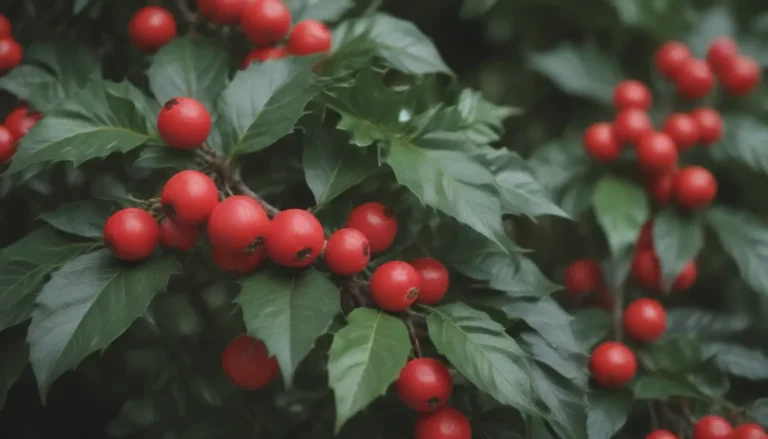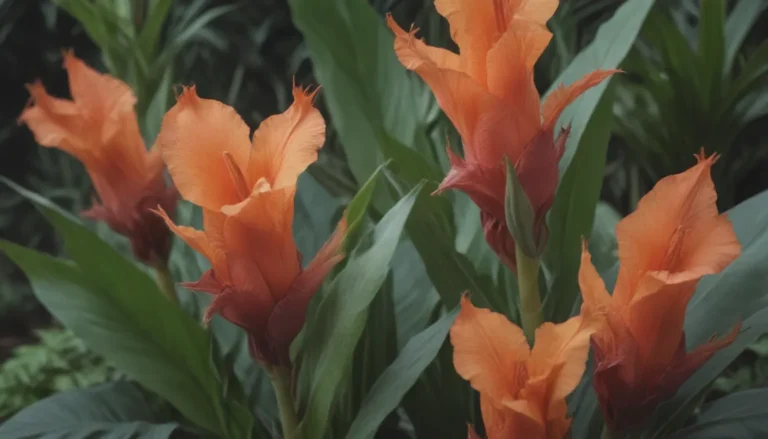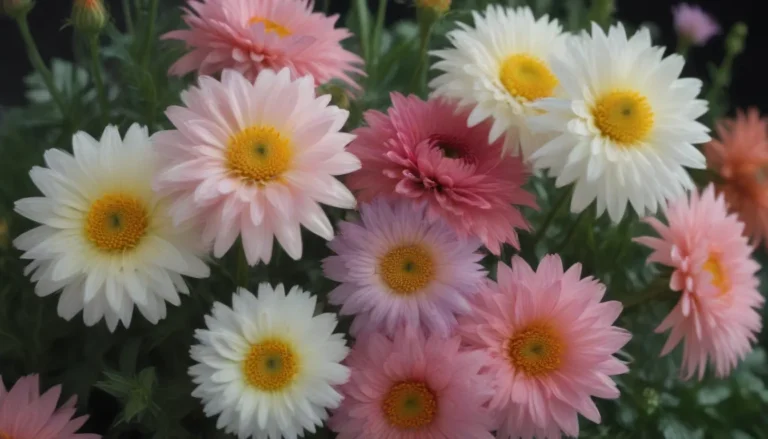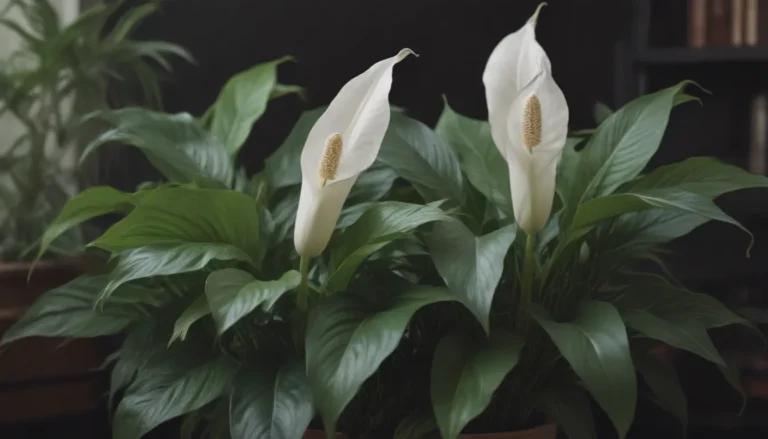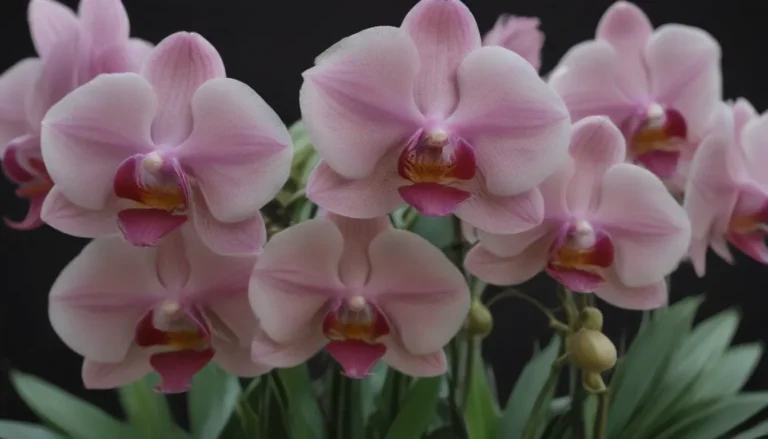Protecting Your Tomato Plants from Cool Weather
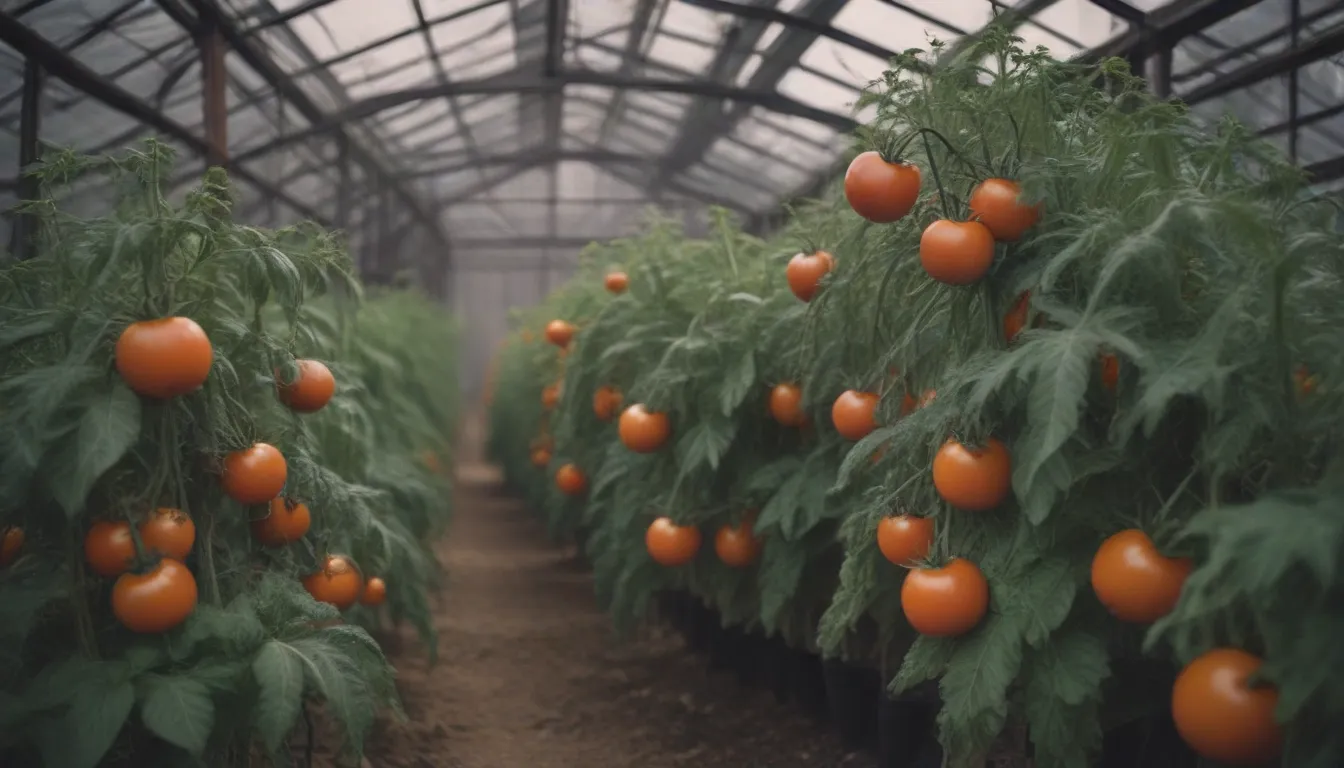
Whether you’re a seasoned gardener or just starting out, knowing how to protect your tomato plants from cool weather can make a big difference in the success of your harvest. Tomatoes are known for being cold-sensitive, so it’s essential to take the necessary steps to ensure your plants stay healthy and productive when temperatures drop. In this comprehensive guide, we will explore everything you need to know about protecting your tomato plants from cold weather and common pitfalls to avoid.
How Cold Can Tomatoes Tolerate?
Before we dive into the strategies for protecting your tomato plants, let’s first understand how cold tomatoes can tolerate. Tomatoes are sensitive to frost and cold temperatures, which can cause damage to the plants and affect their fruit production. Signs of cold damage on tomatoes, especially young plants, may not be immediately visible. It’s essential to keep a close eye on your plants and watch for the following signs:
- Chilling Injury: Temperatures below 60 degrees Fahrenheit can lead to chilling injury in tomato seedlings. This damage may not be noticeable right away but can result in stunted growth, poor flowering, and fruit set.
- Catfacing: Cold temperatures can cause a condition known as catfacing, where the fruit becomes misshapen and unappealing.
Starting Your Tomato Plants at the Right Time
To prevent cold damage and ensure the success of your tomato plants, it’s crucial to start your seeds at the right time. Starting your tomato plants from seed indoors provides them with a head start and protection from extreme temperatures. Here are some tips for starting your tomato seeds:
- Timing: Start your tomato seeds indoors six to eight weeks before the last projected frost date in your area. This timing will allow your plants to be ready for transplanting once the weather warms up.
- Transplanting: Wait to transplant your seedlings outdoors until nighttime temperatures consistently remain above 60 degrees Fahrenheit. This will help avoid cold stress and promote healthy growth.
Choosing Cold-Tolerant Tomato Varieties
Selecting the right tomato varieties can make a significant difference in how well your plants handle cooler temperatures. Some tomato varieties are bred to be more cold-tolerant and mature earlier, allowing you to enjoy a bountiful harvest even in chilly conditions. Consider the following tips when choosing tomato varieties:
- Early-Season vs. Mid-Season Tomatoes: Look for early-season or mid-season varieties that are bred to set fruit in cooler temperatures. These varieties typically mature faster, allowing you to harvest sooner.
- Popular Varieties: Consider popular cold-tolerant varieties such as ‘Early Girl’ (52 days) and ‘Better Boy’ (75 days) for a reliable and productive harvest.
Protecting Your Tomato Plants on Cold Nights
When cooler weather sets in and frost becomes a concern, it’s crucial to take proactive measures to protect your tomato plants. Here are some effective strategies for safeguarding your plants on cold nights:
Ripening Green Tomatoes Indoors
If the forecast calls for frost, it’s best to harvest any remaining green or semi-ripe tomatoes from your plants and ripen them indoors. This will prevent the fruit from being damaged by the cold and allow you to enjoy fully ripened tomatoes later on.
Using Insulating Materials
When facing a cold night, consider using insulating materials to protect your tomato plants from frost. Here are two common methods for covering and insulating your plants:
- Bubble Wrap: Wrap bubble wrap around the tomato cage, including the top, and secure it with duct tape. This insulating layer can help trap heat and protect the plant from cold temperatures. Remember to remove the bubble wrap in the morning to prevent overheating.
- Sheets and Blankets: Alternatively, you can cover your plants with old sheets or light blankets, securing them in place with sturdy stakes. Use a strong string to tie the cover around the plant and ensure it stays in place throughout the night. Remove the cover in the morning to allow for proper air circulation.
By taking these proactive measures, you can protect your tomato plants from the cold and ensure a successful harvest even in challenging weather conditions. Remember to monitor the weather forecast and adjust your protection strategies accordingly to keep your plants healthy and thriving.
In conclusion, understanding how to protect your tomato plants from cool weather is essential for maintaining a productive garden. By starting your plants at the right time, choosing cold-tolerant varieties, and implementing effective protection strategies, you can ensure a successful harvest of delicious tomatoes all season long. Stay proactive, keep a close eye on your plants, and enjoy the fruits of your labor in the form of ripe, juicy tomatoes straight from your garden. Happy gardening!
